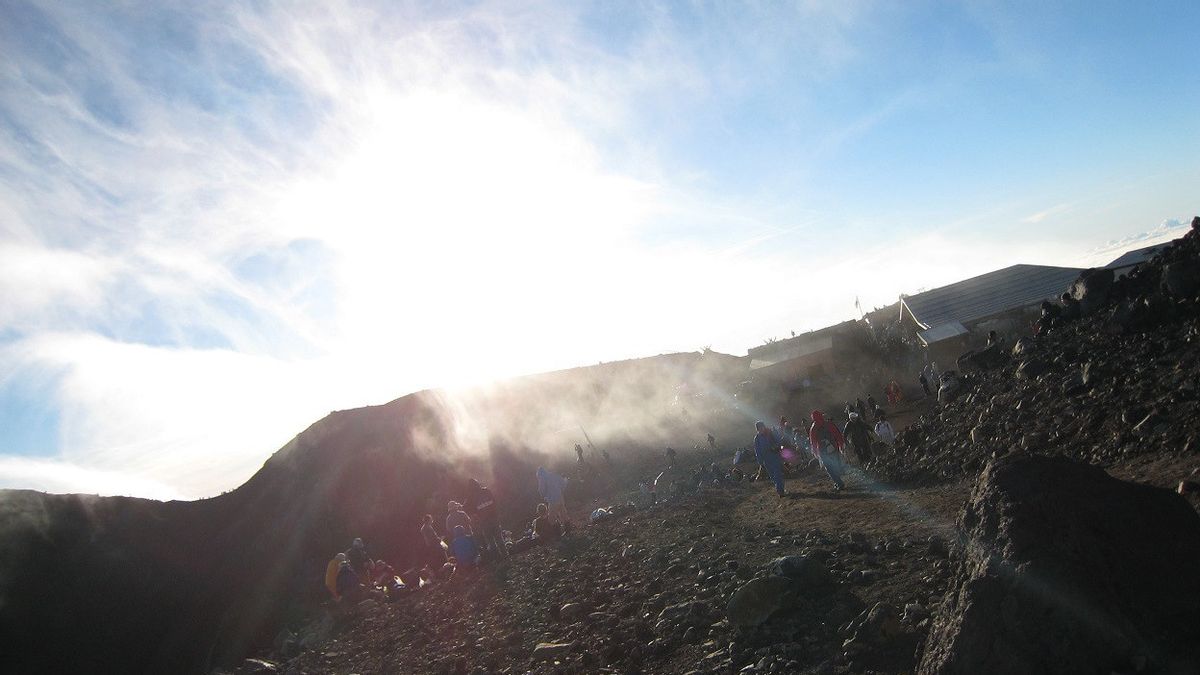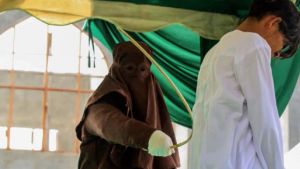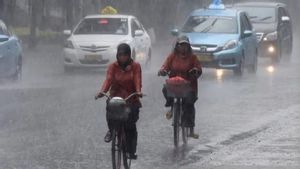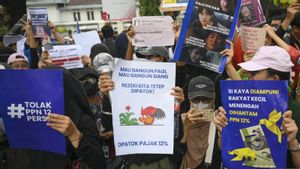JAKARTA - Japanese authorities imposed new tariffs and limited the number of daily climbers, as the Mount Fuji climbing season began last week, in order to preserve the nature of one of the UNESCO World Heritage sites.
The park guard on Mount Fuji officially started this year's climbing season about 90 minutes before sunrise on July 1 by opening the gate at the climbing post.
Climbers will have to pay 2,000 yen (Rp204,181) and their number will be limited to 4,000 people a day after complaints about garbage, pollution and a very dense hiking trail last year.
In return, climbers will receive bracelets that provide access to the hiking trail between 3 a.m. to 4 p.m., except for those who have reservations at the mountain hut closer to the summit, which will not be subject to daily visitor limits, authorities said.
"I think Mount Fuji would be very happy if everyone cared more about the environment and things like bringing home trash," said Sachiko Kan, 61, one of the approximately 1,200 climbers who gathered on the first day of implementing the new measures.
Mount Fuji's climbing season, which stretches across Yamanashi Prefecture and Shizuoka about 136 km (85 miles) from Tokyo, this year lasted until September 10, after which the weather became too cold and snowy.
Mount Fuji, a strato volcano that was still active and last erupted in 1707, has been a place of worship for Shinto and Buddha for centuries.
The number of climbers returns to the pre-pandemic level last year, which is about 300,000 people each year, the ministry of the environment said. Climbers usually start climbing in the early hours of the morning so they can reach the peak on time at sunrise.
Restrictions on new hiking trails are needed to prevent accidents and incidents of height disease, particularly among foreign "fast climbers", or those competing towards the summit, the Governor of Yamanashi, Kotaro Demon, said last month.
The decline in yen to its lowest level in 38 years has made Japan a very attractive place for foreign tourists.
"By aggressively promoting comprehensive safety measures to climb Mount Fuji, we will ensure Mount Fuji, the world's property, is passed on to future generations," said Yamanashi Prefecture Governor Kotaro Though, announcing the new regulations earlier this year, quoted by CNN.
"To revive the traditional mountain climbing from the foot of Mount Fuji, we will obtain a detailed understanding of Fuji-ko and Oshi culture that supports the worship of Mount Fuji. We are trying to connect these cultures with the climb of this mountain, because they are rooted in the values of this religious culture," he explained.
Traffic jams in humans, garbage-filled hilllegs, and climbers dressed inappropriately some try climbing with sandals are a number of problems that disrupt the popular Japanese site.
In addition, there will be a new guide who arranges safety inside and around the hiking trail. They will tell climbers when they violate the ethics of the mountain, such as sleeping on the side of the hiking trail, lighting fires, or wearing inappropriate clothes.
SEE ALSO:
According to prefectural data, five million people climbed Mount Fuji in 2019, an increase of three million from 2012.
However, the new rules only apply in Yamanashi Prefecture, which is the location of the most popular hiking trail. Mount Fuji is also located in Shizuoka prefecture, which has not implemented taxes or visitor restrictions.
Gubernurmen mengatakan kepada wartawan, ia dan Gubernur Shizuoka akan bertemu di akhir musim naik untuk berbaga pendapat.
The English, Chinese, Japanese, Arabic, and French versions are automatically generated by the AI. So there may still be inaccuracies in translating, please always see Indonesian as our main language. (system supported by DigitalSiber.id)


















